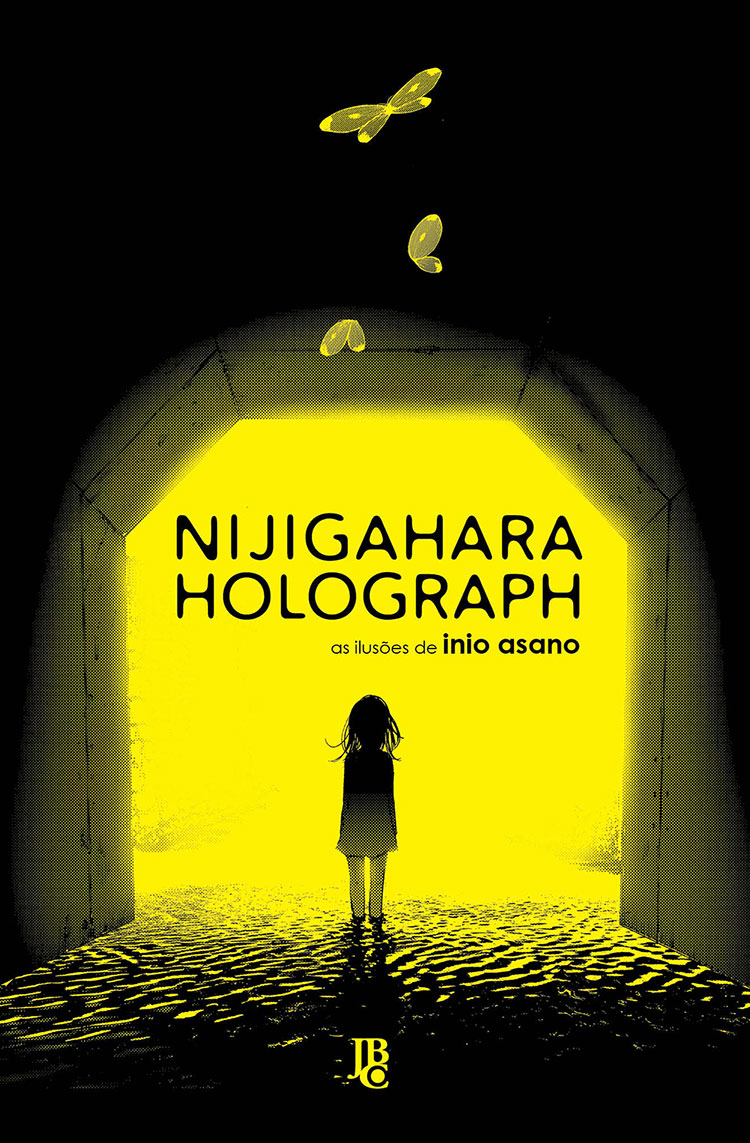
I found the book worth reading, but I’d find it even more so if there was a book group I could discuss it with, to be sure what I interpreted and help me hook up more of the connections. The complex, multi-layered storytelling rewards attention. These events and images are suggestive as much as denotative. There’s child abuse and murder and rape, all told in a dreamy, remote fashion, all stemming from selfish bullying. Another seems to have become a psychopath - or maybe he always was - lying without effort to others. One of the students is studying art, although her paintings are undistinguished. They’re still as uncertain, though, and even more violent. These chapters alternate with scenes of the characters more “grown up”. She’s given up on trying to stop the bullying, although she despises herself for feeling that way. The teacher has even been injured, with a bandage over one eye. The children are cruel, taunting a larger boy to jump out a window and threatening and even attacking each other.Ī new student has just arrived after time in the hospital, after he’d previously tried to jump off the roof. They’re afraid of the story she was telling about a monster in a bridge tunnel. One girl is bullied into a coma after she’s pushed down a well by the others. The first is a flashback to the characters in the same class as children, 11 years ago. I found that passage important and useful to keep in mind for the rest of the book. And yet… in the end… you wake up, and you are yourself. Each day, the dreams become more and more real. It makes me wonder if what I’m seeing now isn’t really just a dream.

The recurring butterfly motif, for example, suggests that the flying creatures may be symbols of life or souls or indicators of transitions or significant moments of change.Įarly on, a boy sits by his unconscious father’s hospital bedside, before discussing dreams with another patient:

The reader must be willing to engage with the work, interpreting the gorgeously drawn, detailed images, and must be comfortable with uncertainty and implication. I admit, I’m having trouble describing what it’s about, because I’m not sure I comprehend everything the author is showing us, but I found it compelling and involving nonetheless. The 300-page, single-volume hardcover is larger than most manga and allows the reader to sink into the world in one setting.

Nijigahara Holograph has the same strong focus on character, but with much more emphasis on the creepy and violently destructive.

readers his previous works Solanin and What a Wonderful World! were released by Viz four years ago. Continuing Fantagraphics’ program of bringing notable manga to English in deluxe presentations - titles so far include important historical shojo The Heart of Thomas and Moto Hagio’s Drunken Dream as well as the cross-gender series Wandering Son - their newest release is Nijigahara Holograph.Īuthor Inio Asano isn’t new to U.S.


 0 kommentar(er)
0 kommentar(er)
